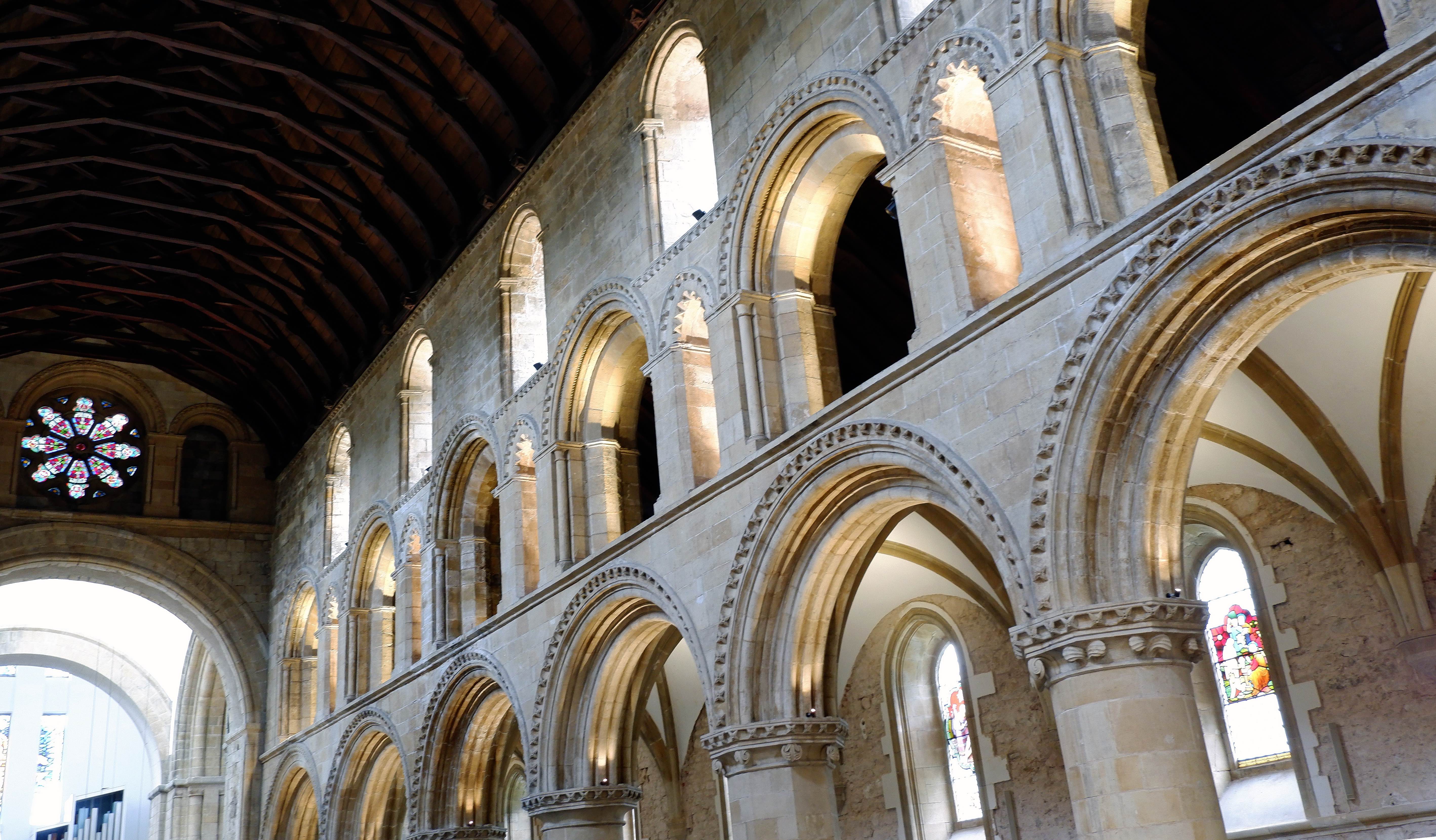
North Notts & Lincs Community Rail Partnership
|
|
|||||
Worksop railway station, station house and outbuildings, opened 7th July 1849. Designed by Weightman & Hadfield (of Sheffield), built by James Drabble (of Carlton in Lindrick) for the Manchester, Sheffield and Lincolnshire Railway Co, it is built in Steetley stone in Jacobean style. The station has recently undergone restoration work. Trains at Worksop operate between Nottingham and
Worksop, Lincoln and Sheffield and Sheffield and Cleethorpes. The station plays host to the Mallard pub, popular with members of CAMRA and on platform 2 a station cafe is housed in the former Duke of Portland's waiting room. Next the the cafe is the Worksop model railway . Check our Facebook or Twitter pages for dates when it is opened to the public. Mr. Straw's House Turn
left out of the station and walk along Carlton Road to a main road
junction. Take blythe Road on the right and walk along to Blyth Grove
, again on your right. Here you will find Mr Straw's house. The Edwardian semi-detached house built around
1905 was the residence of the Straw family from 1923
and is now cared for by the National Trust. On moving to the house Mrs
Straw quickly got to work decorating her new home, choosing
the latest wallpapers and carpets to create a fashionable and modern
place for entertaining and relaxing. After the death of her husband, in
1932, Florence Straw made few alterations to the house for as a
Victorian
woman in mourning this would have been expected of her and her
contemporaries would have found nothing strange about her choice to
keep his pipes by the fire and his collar box in the bedroom. When she
died in 1939 her sons, William and Walter, lived in the house together,
and their frugal way of living and make do and mend attitude resulted
in the house largely avoiding modernisation. Due to the small scale of the property visits need to be
booked in
advance as there is a maximum group size of four. The house opens
Tuesday through to Saturday, closing for its winter clean in November
and reopening in March. There are various special events organised and
the display room and tour change annually. Worksop Priory Turn right out of the station and walk down
Carlton Road towards the town centre.Cross
over the Chesterfield Canal and turn left into Church Walk. Keep to the
right. At the end of the street you walk into gardens beisde the River
Ryton. Ahead is the Pirory Church of Our Lady and St. Cuthbert. The market cross by the gate house shows the
medieval
town lay just
outside the priroy precinct. The priory was founded in 1103 by
William de Lovetot as a Augustine house. The nave that stands now
belongs to the second building on the site.
The church in its heyday was 360ft long but the surviving nave is just
135ft in length. The Lady
Chapel lay roofless, ruined and detached for 400 years. But it was
restored in 1922 as a memorial to the men of the parish who died in the
Great War.
Inheriting a half completed building, Fr Peter
Boulton
took up the challenge and with the support of the people and a generous
legacy from Mr Ellis a local timber merchant, the present central tower
and choir, designed by Laurence King were completed in 1974. Worksop Priory Gatehouse
|







